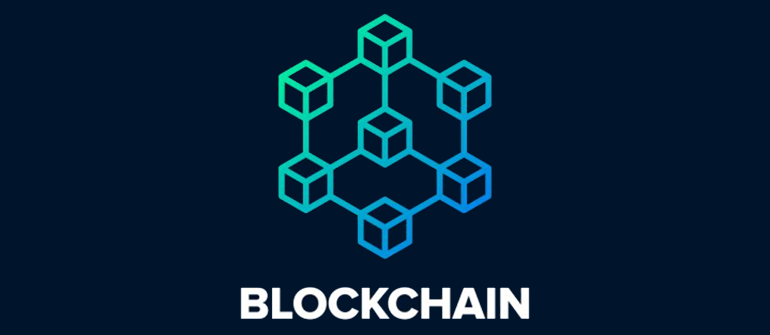Aixuze Insights
Explore the latest trends and insights on diverse topics.
Blockchain: The Digital Ledger That's Remaking Trust
Discover how blockchain is revolutionizing trust and transparency in the digital world. Unlock the future of secure transactions now!
How Blockchain is Revolutionizing Digital Trust
The emergence of blockchain technology is fundamentally transforming the concept of digital trust across various sectors. By providing a decentralized and immutable ledger, blockchain ensures that all transactions are transparent and verifiable. This means that users can trust the integrity of the data without needing a centralized authority to validate it. For instance, in supply chain management, blockchain can trace the origin of products, giving consumers confidence that they are purchasing authentic goods. These features position blockchain as a groundbreaking solution in an era where data manipulation and security breaches are common.
Furthermore, the impact of blockchain extends beyond just financial transactions; it is reshaping how we interact online. With the rise of decentralized applications (dApps), users are empowered to interact directly with one another without the need for intermediaries. This not only enhances efficiency but also fosters a greater sense of trust among participants. As more organizations adopt blockchain for identity verification, voting systems, and even healthcare records, the potential for building resilient, trust-based networks becomes evident. Ultimately, blockchain is paving the way for a more secure and trustworthy digital landscape.

The Anatomy of a Blockchain: Understanding the Digital Ledger
Blockchain technology has revolutionized the way we think about digital transactions by introducing a decentralized digital ledger. At its core, a blockchain consists of a series of blocks, each containing a list of transactions. These blocks are linked together in chronological order, forming an immutable chain. Each block contains a unique cryptographic hash of the previous block, which ensures the integrity of the entire network. This structure not only enhances security but also enables transparency, as all participants in the network can view the same ledger without a central authority. Understanding this basic architecture is essential for grasping the potential applications of blockchain technology.
The anatomy of a blockchain comprises several key components that work together to maintain its functionality and security. These include:
- Nodes: Each participant in the blockchain network, known as a node, maintains a copy of the entire ledger.
- Transactions: Digital records of value exchange that are grouped into blocks.
- Consensus Mechanisms: Protocols, like Proof of Work or Proof of Stake, that ensure agreement among the nodes on the validity of transactions.
- Smart Contracts: Self-executing contracts with the terms of the agreement directly written into code, facilitating automated processes on the blockchain.
Can Blockchain Technology Enhance Transparency and Reduce Fraud?
Blockchain technology has the potential to significantly enhance transparency across various industries by providing a decentralized ledger that is immutable and accessible to all stakeholders. Unlike traditional data management systems, which are often vulnerable to manipulation and fraud, blockchain utilizes a network of nodes that validate transactions in real-time. This decentralized approach not only makes it nearly impossible for a single entity to alter records but also allows for a transparent audit trail. As a result, organizations can foster greater trust among customers and partners, leading to improved relationships and a clearer understanding of their operations.
Moreover, reducing fraud becomes more feasible with the implementation of blockchain technology. By employing cryptographic techniques to secure transaction data, blockchain ensures that only authorized parties can access or alter information. This level of security deters fraudulent activities and promotes accountability, as each transaction is recorded with a unique identifier that is permanently linked to the previous one. In sectors like finance, supply chain management, and healthcare, the adoption of blockchain can revolutionize how organizations conduct business, ultimately creating a safer and more transparent environment for all stakeholders involved.